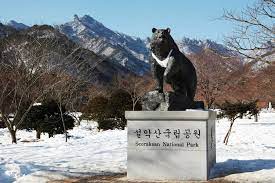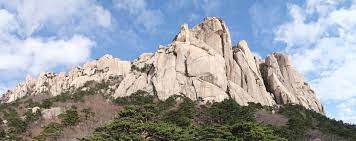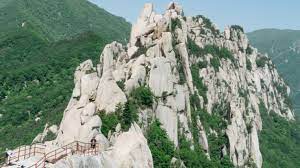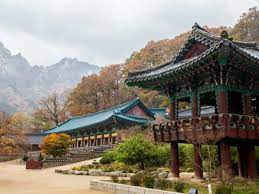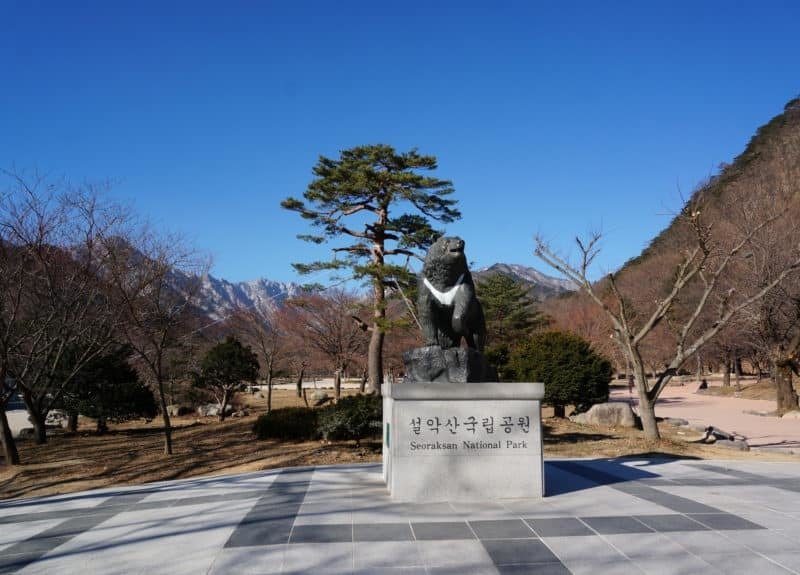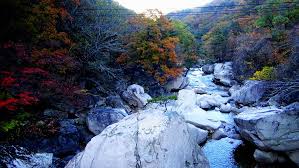Seoraksan National Park is a breathtaking natural wonder located in the Gangwon Province of<a href="https://www.tourhawker.com/"> South Korea</a>. It's known for its stunning landscapes, unique rock formations, diverse ecosystems, and rich cultural heritage. While it is not yet a fully recognized UNESCO World Heritage site, it has been designated as a "Tentative World Heritage Site," indicating its potential for future inclusion on the official list. Here's more about Seoraksan National Park and its significance: Natural Beauty: Seoraksan National Park is renowned for its dramatic scenery, which includes rocky peaks, lush forests, cascading waterfalls, and serene valleys. The park's landscapes change dramatically with the seasons, offering visitors vibrant displays of cherry blossoms in spring, lush greenery in summer, fiery foliage in autumn, and snow-covered beauty in winter. Biodiversity: The park is home to a diverse range of plant and animal species, including rare and endangered ones. The mix of ecosystems, from high mountain peaks to lowland forests, provides habitats for various species and contributes to the park's ecological importance. Geological Formations: The unique rock formations in Seoraksan National Park, including jagged peaks and granite cliffs, add to its aesthetic appeal. The park's landscapes have been shaped by millions of years of geological processes, resulting in distinctive formations that draw hikers and nature enthusiasts. Buddhist Temples: Within the park, you can find several Buddhist temples that have been built in harmony with the natural surroundings. These temples add a spiritual and cultural dimension to the park's attractions, showcasing the integration of nature and religious practices. Tentative World Heritage Site: The "Tentative World Heritage Site" status indicates that Seoraksan National Park is being considered for future inclusion on the official UNESCO World Heritage list. This designation acknowledges the park's outstanding universal value and cultural significance. It's an acknowledgment of the efforts to protect and preserve its natural and cultural heritage. Hiking Opportunities: Seoraksan National Park offers numerous hiking trails catering to different skill levels. The most famous peak is Ulsanbawi, known for its striking rock formations and panoramic views. Other trails lead to waterfalls, temples, and viewpoints, allowing visitors to explore the park's diverse landscapes. Cultural Heritage: In addition to its natural wonders, Seoraksan National Park holds cultural value. The Buddhist temples within the park, such as Sinheungsa Temple, reflect the historical connection between nature and spirituality in South Korea. Seoraksan National Park's designation as a Tentative World Heritage Site reflects its potential for being recognized as a site of global significance. Its combination of breathtaking natural beauty, unique geological features, cultural heritage, and diverse ecosystems make it a must-visit destination for anyone interested in experiencing South Korea's natural wonders and rich history.
